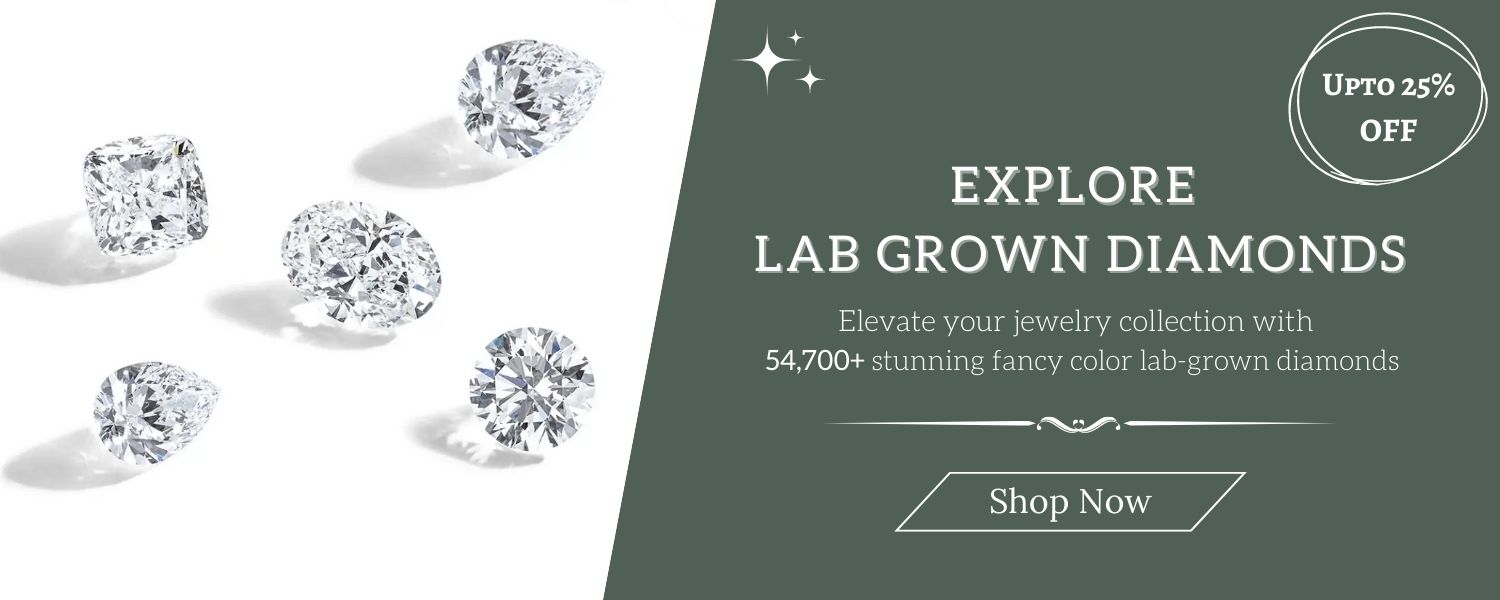

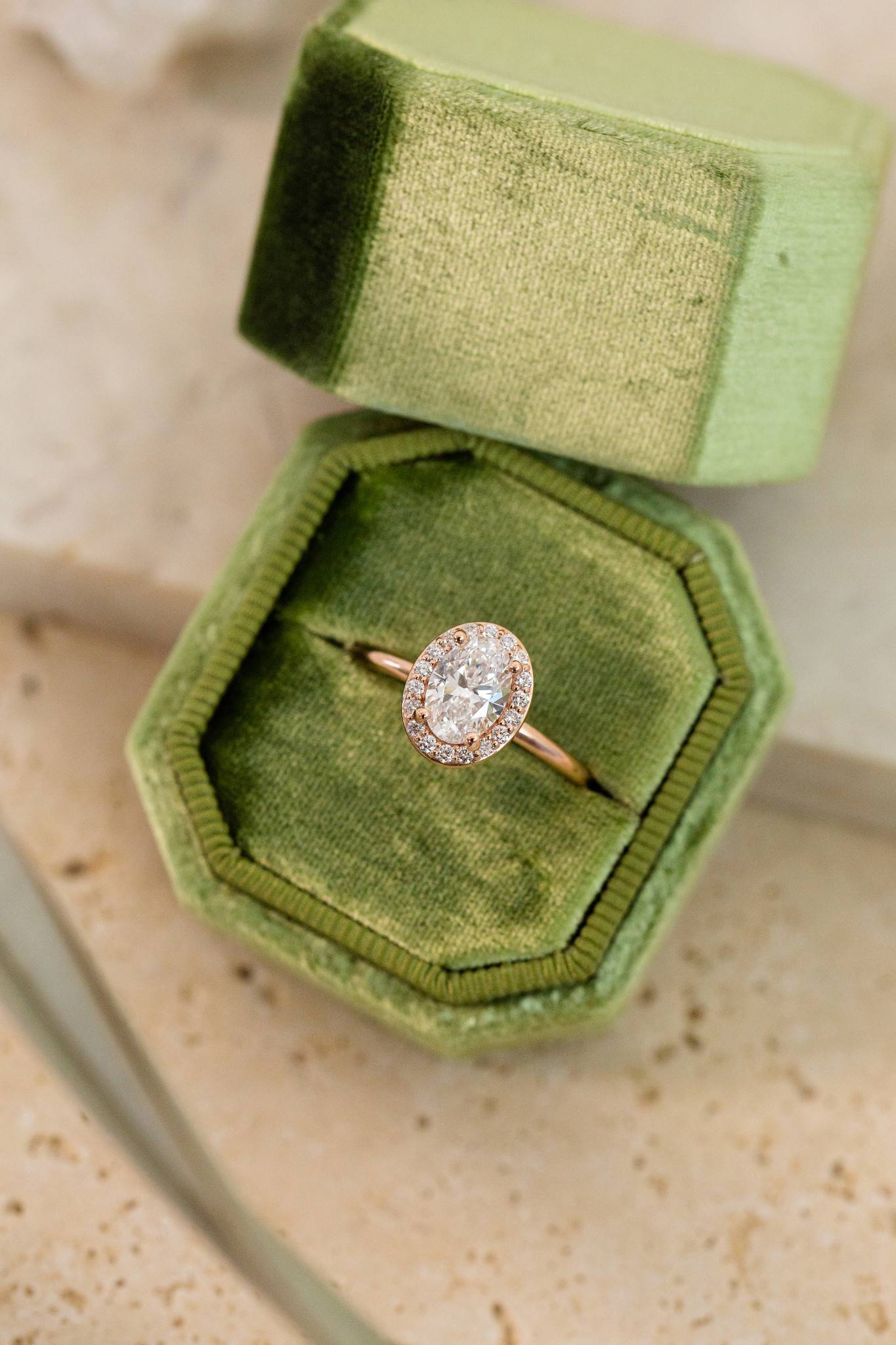
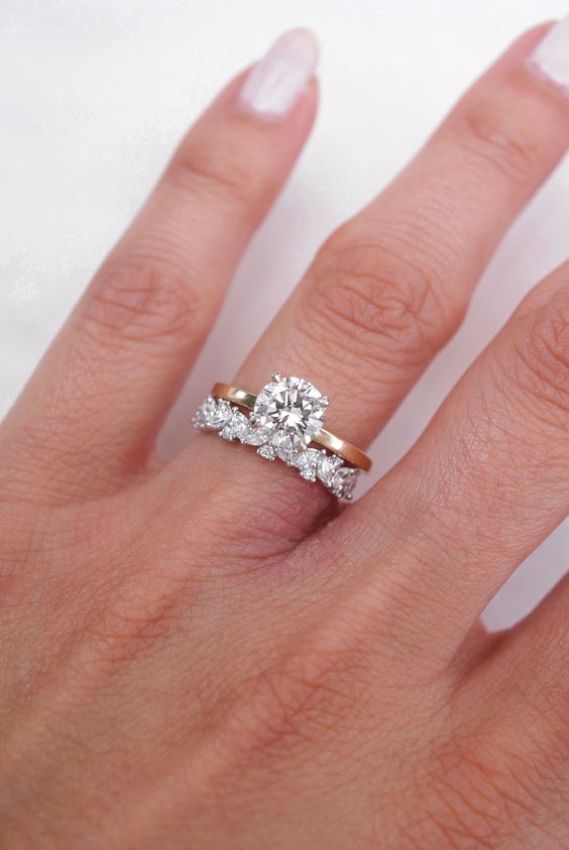
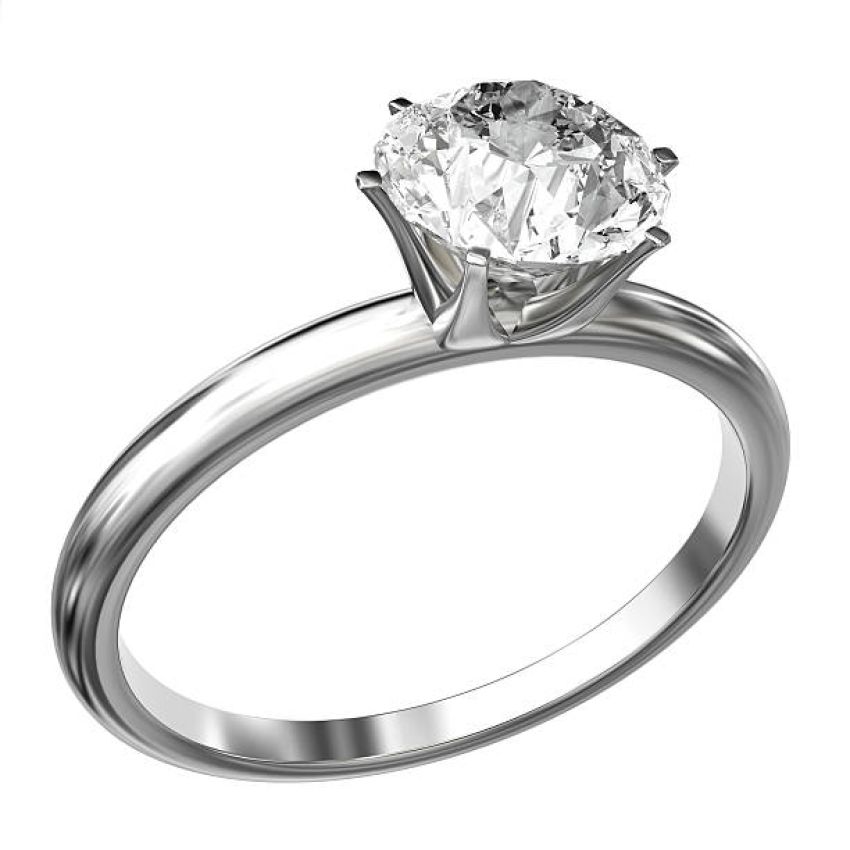 Start with a Setting
Start with a Setting
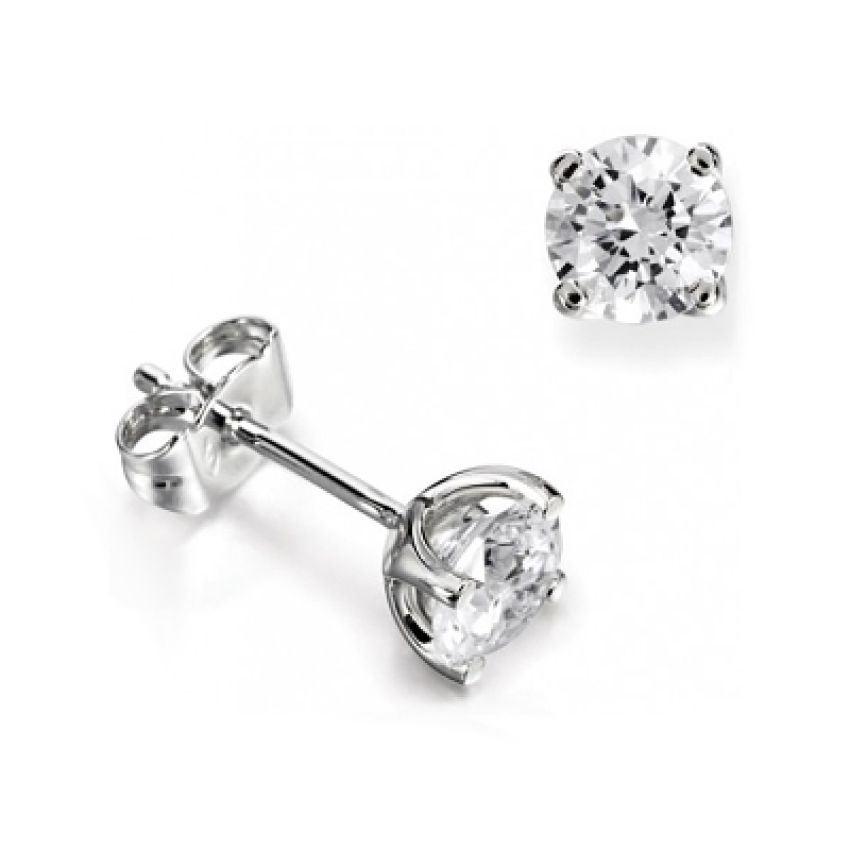 Start with a Setting
Start with a Setting
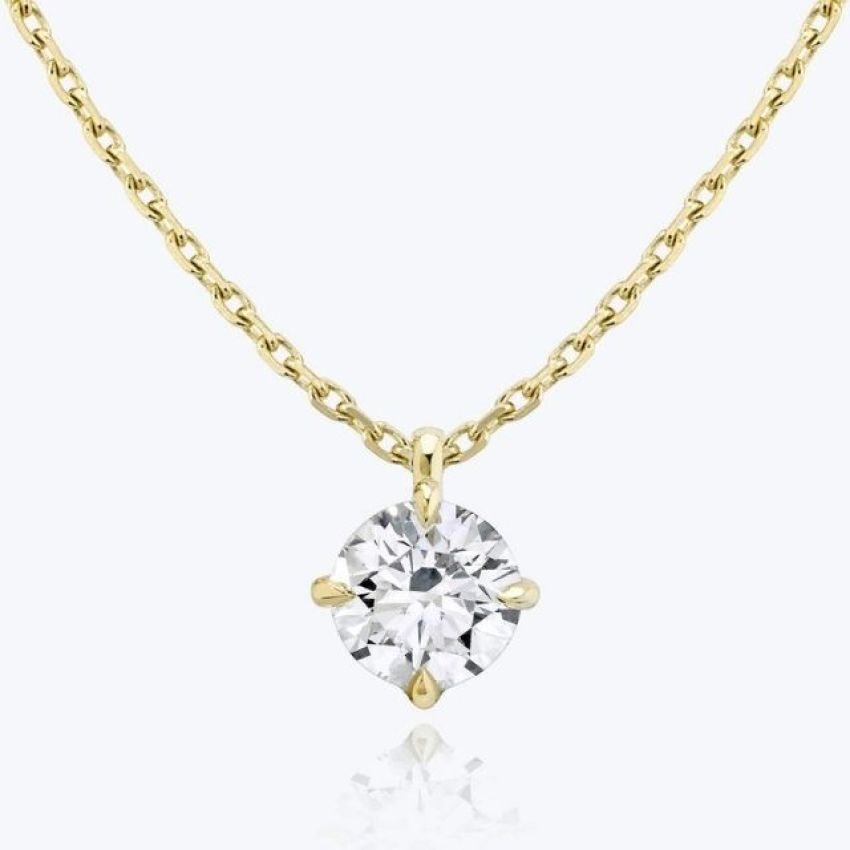 Start with a Setting
Start with a Setting
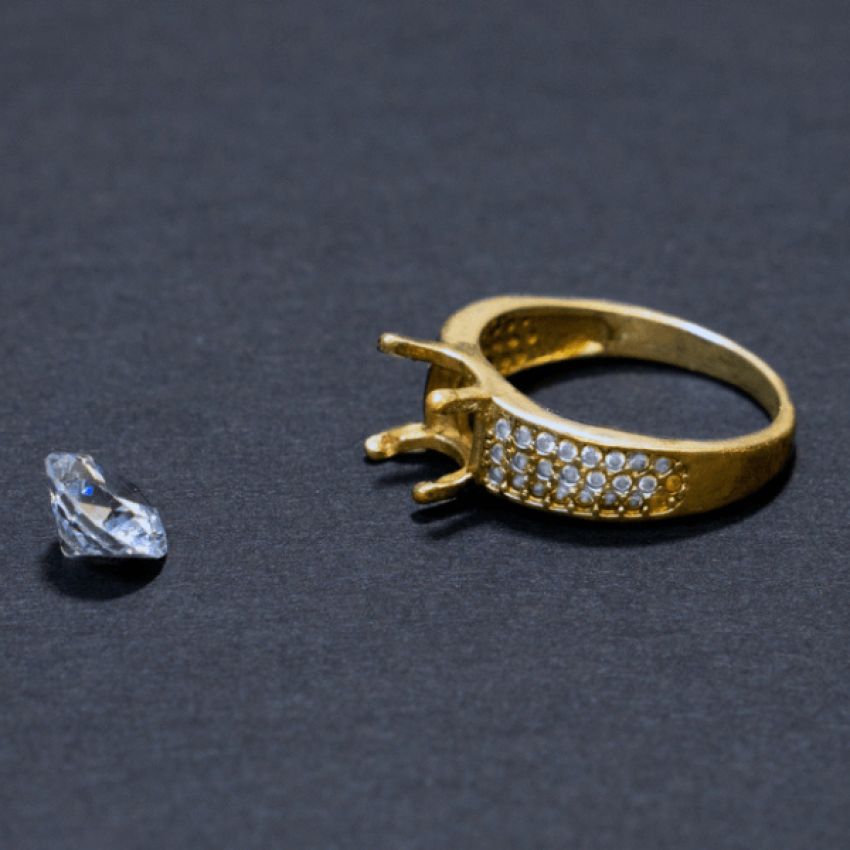

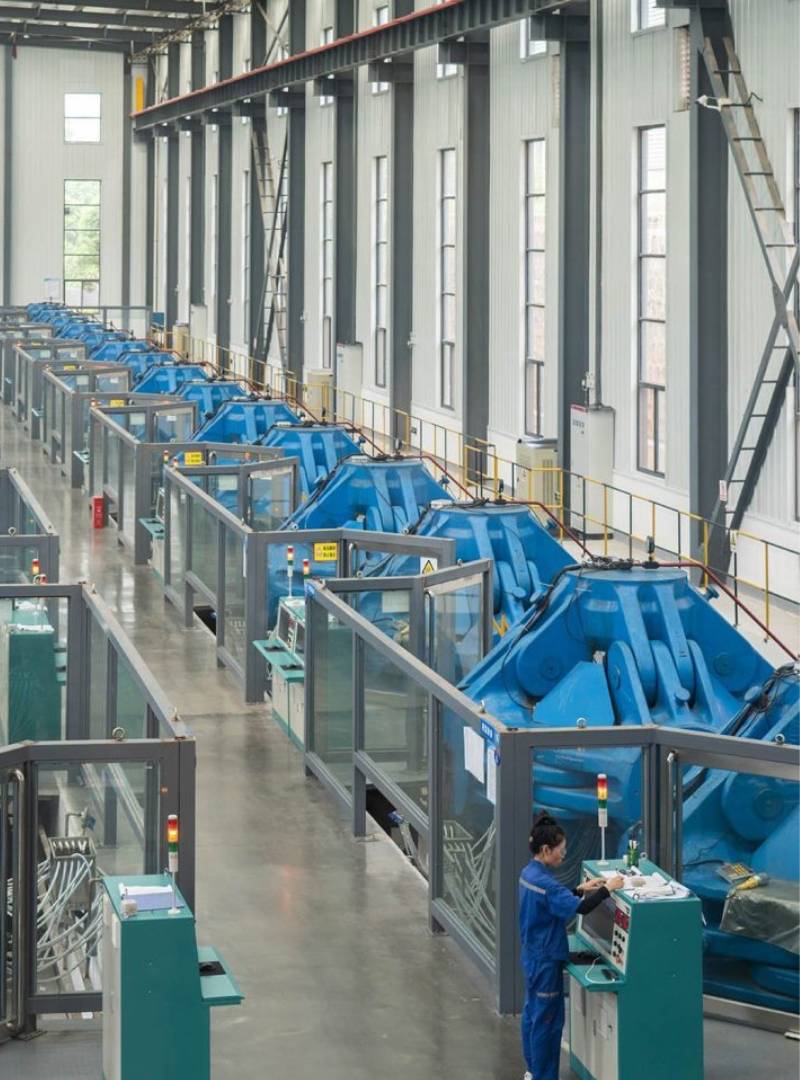
Placing Lab Diamond in any kind of jewelry that will definitely adore your look with its enchanting features and appearance. From Earrings, pendants, bracelets, engagement rings, or wedding bands, Lab Grown Diamonds are something that adds charm to your look. You can merely go from a simple and elegant look to a glamorous look in seconds with the help of a few dazzling adornments of lab Diamonds.
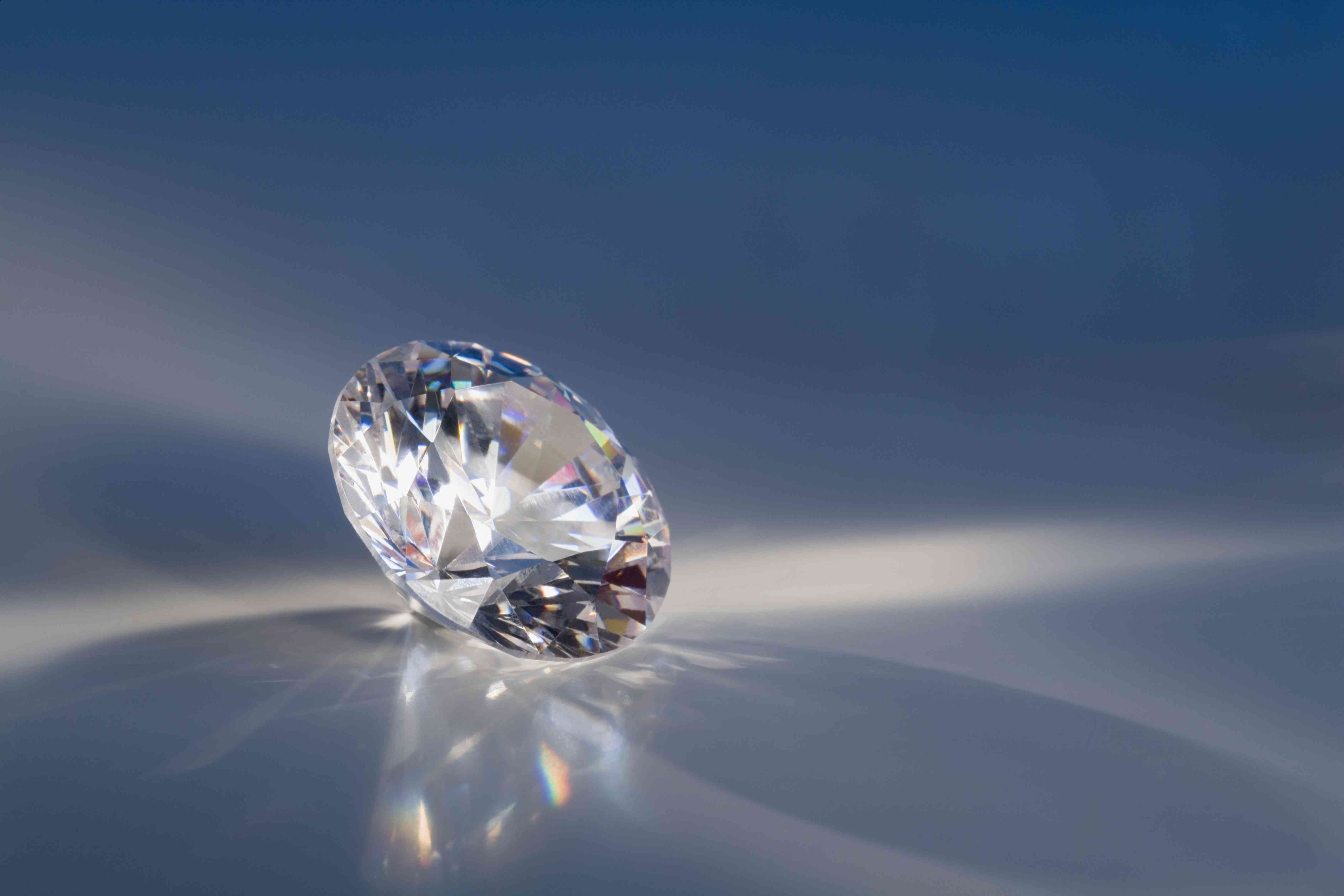
Lab Grown Diamonds are also known as man-made diamonds, engineered diamonds, synthetic diamonds, and many other names, grown in highly controlled laboratory environments using high and advanced technology duplicating the process of the mined diamond grown under the earth's crust. The Lab-created diamonds consist of genuine carbon atoms placed in the typical diamond crystal structure giving the exact reflection of a natural diamond. lab Diamonds are available in a variety of colors also, and their vibrant beauty is reflected in a perfect way. You can increase your knowledge by reading our blog "What is Lab Grown Diamond?"
How Many Types of Process Exist for Making Lab-Grown Diamond
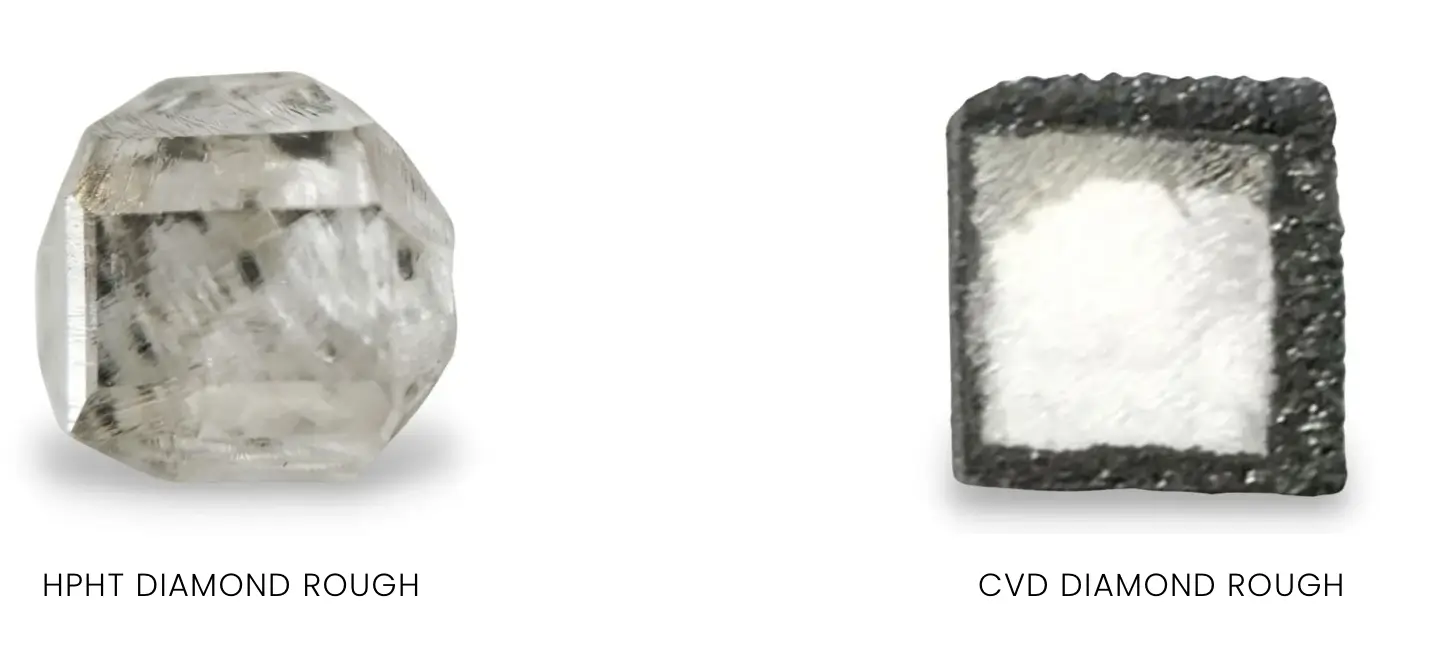
By mimicking the process of natural diamonds, lab diamonds are created in the lab. The Lab Grown Diamonds are created by using two methods namely CVD (Chemical Vapor Deposition) and HPHT (High-Pressure High Temperature), both methods are very effective in creating lab diamonds which are way more similar to mined diamonds created under the earth's crust.
HPHT (High-Pressure High Temperature)
HPHT method is the original method of creating Lab Grown Diamonds, In HPHT by replicating the formation process of a mined diamond, lab diamonds are created by using a high-pressure high temperature technique. This process of creating a diamond in the lab was invented in the 1950s, hereby this method is also used to enhance the color of colorless diamonds by turning yellow, green, and blue in color.
CVD (Chemical Vapour Deposition)
CVD is the newer method of creating Lab Diamonds as it was invented in the 1980s. The CVD method mimics how diamonds create in interstellar gas clouds. The CVD method requires less pressure than the HPHT method and smaller machines. This method produces IIA diamonds which are incredibly rare for naturally occurring diamonds.
HPHT Lab-Grown Diamond Process
While making lab diamonds according to the method of HPHT, the diamond seed is in place in the piece of carbon element, and by using the cubic press, belt press, or a split-sphere press, the carbon is pressurized to around 1.5 million pounds per square inch also the carbon element is exposed to temperatures up to 2,700 Fahrenheit. The formation of diamonds starts occurring by this extreme heat and pressure produce on the carbon. then the newly formed lab diamond is cooled down carefully.
CVD Lab-Grown Diamond Process
A tiny diamond seed, frequently an HPHT diamond, is used in CVD as in HPHT. This seed is put inside a tightly closed chamber that is filled with carbon-rich gases (usually hydrogen and methane) and heated to above 1,400 degrees Fahrenheit. Then, using a method akin to laser or microwave technology, these gases are ionized into plasma. The gas's molecular link is effectively broken by this technology. When the chemical link is dissolved, only carbon starts to adhere to the diamond seed and a new diamond develops. After the diamond is produced, further processes (such as heat or radiation) may be employed to improve or alter its color.
When compared with natural diamonds, lab diamonds take 1-2 weeks to form. They are created in a few weeks only, they don't take years to form just like natural diamonds. The forming of Lab Grown Diamond is an incredibly quick process. In 2+ weeks 1- carat lab Diamond is created.
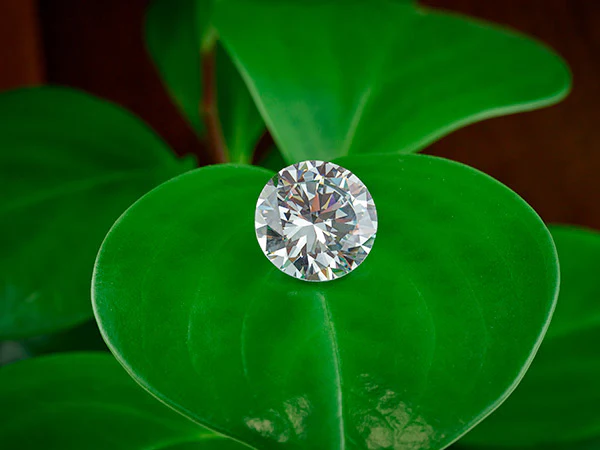
Yes, lab-grown diamonds are less harmful to the environment than those that are mined. Unlike traditionally mined diamonds, lab-grown diamonds are not extracted from the soil. Instead, they are produced in labs using carbon that has been heated, compressed, and crystallized into diamonds. This procedure is far more environmentally friendly because it doesn't involve using dynamite or drilling into the surface of the earth. We have Descriptive Guide on HPHT vs CVD Diamond Which One Is Better?
The most essential factor in lab-grown diamonds is that you obtain a stone that you adore and will appreciate for a long time. You can get the best HPHT and CVD diamonds right here at Finer Custom Jewellery. We are sure to have flawless lab diamonds for you, whether you're regarding purchasing a wedding band or an engagement ring. To provide you with the best lab-created diamonds that will last a lifetime, we only collaborate with the best in the business.
